National parks in Nigeria
Nigerian national parks can become one of the favorite destinations when choosing a route for a holiday. The variety of landscapes, interesting flora, and fauna, a wealth of cultural, architectural and historical monuments, modern cities that have preserved the unique local charm, beaches, amusement parks, museums, markets, nature reserves and national parks, natural wonders, and also original village-museums - it's all about our Nigeria.
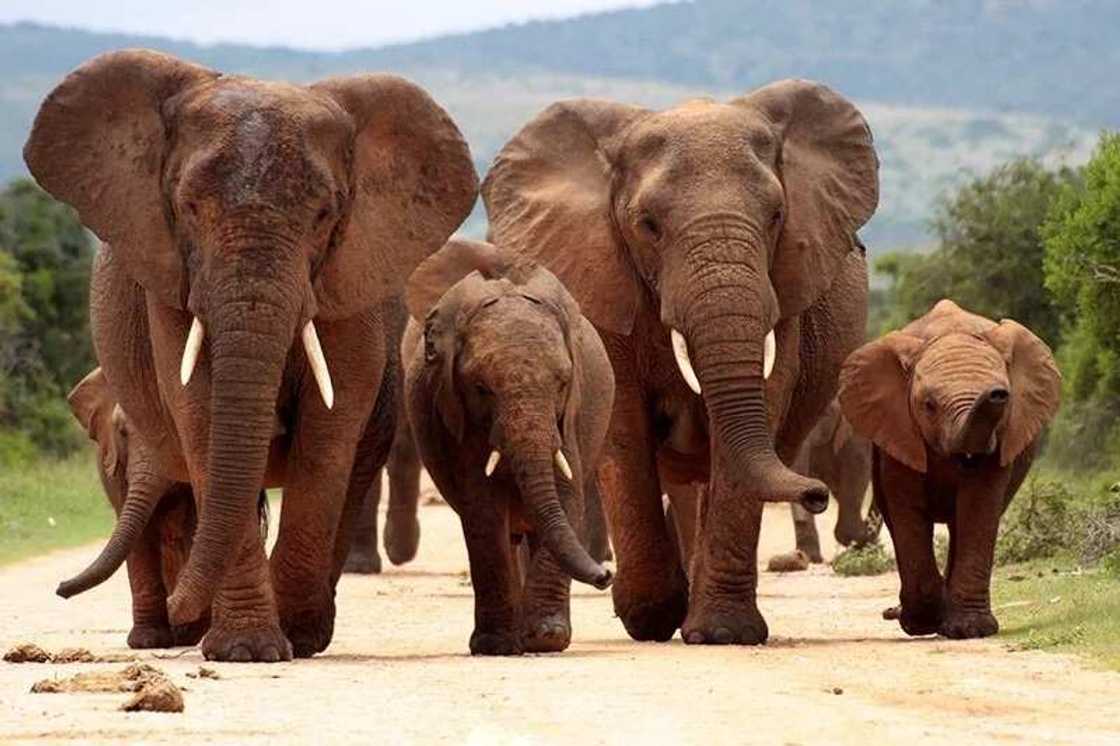
Today we will travel to the national parks of our country, which, in spite of very difficult political and religious situation tends to preserve what our planet has given us.
1. Old Oyo National Park

Old Oyo National Park is an attractive tourist area that is located in the north of big Oyo State. the visitors enjoy its rich fauna. Anyone can meet an antelope, buffalo and a large variety of birds.
On the territory of the park, there are some ruins of the legendary ancient political capital of the powerful Yoruba empire - Oyo-Ile (or Old Oyo) that has given its name to this wonderful park. Unfortunately, at the end of the XVIII century, the city Oyo-Ile was destroyed during the uprising of the Muslim Fulani warriors.
Most part of the park is represented by different low-lying plains and beautiful river valleys located along the Ogun river. The north-eastern area of the park is famous for its ancient granite formations. Its central part has a lot of clusters of rocks and charming rolling hills.
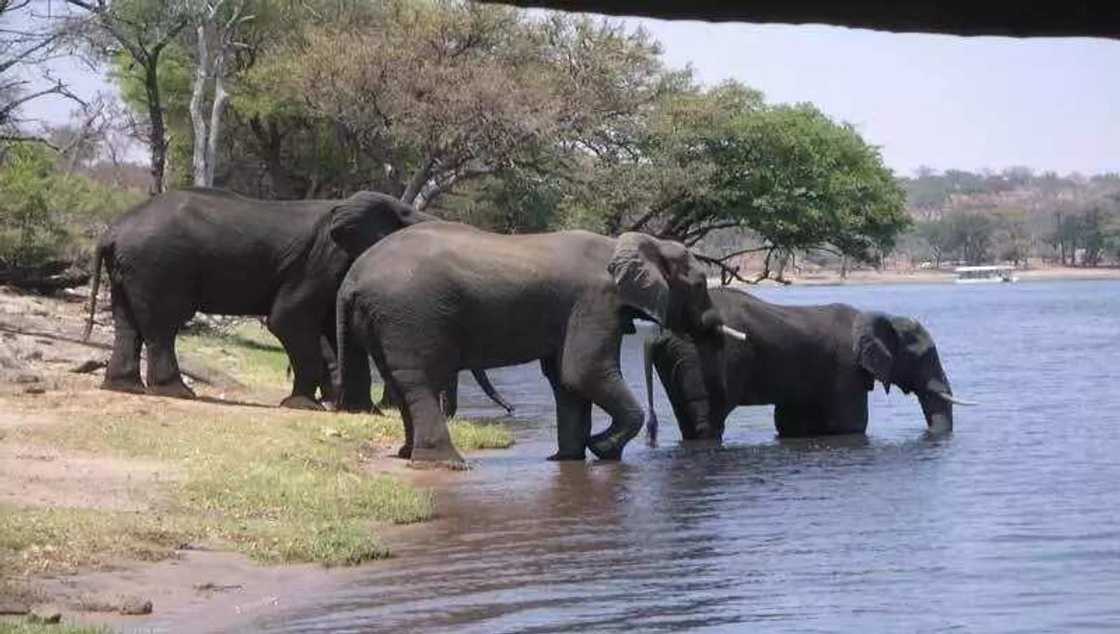
Its drainage system is extremely interesting too because there are three rivers flows in the park. Owu and Ogun , as well as their tributaries, are located in the southern and central parts, while Tessi River washes the north-eastern territory of the reserve.
Old Oyo National Park is also open for eco-tourism. Fans will appreciate the climbing rocky terrain, rivers are perfect for water recreation, and you can walk to historical ruins that can bring a cultural satisfaction of past eras.
2. Okomu National Park
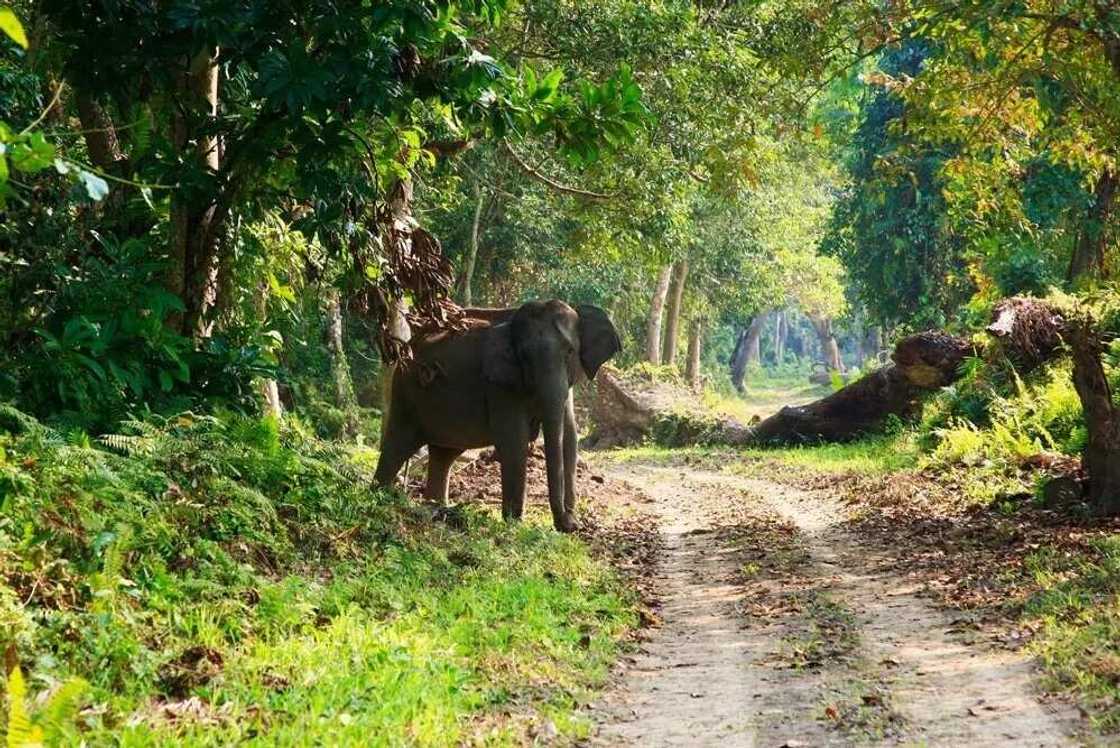
Okomu National Park is the smallest of the seven protected National parks in Nigeria now. Its territory is 1082 square meters.
In 1935 Okomu got the status of forest reserve. 35 years ago, in 1982 the park was recognized as the largest, of the remnant of tropical forests in the southwest Nigeria. Today the park has become the perfect habitat for various endangered species of fauna and flora is protected by the state. The formal handover ceremony of the park to the protection of the State National Park Service took place on 26th May 1999.
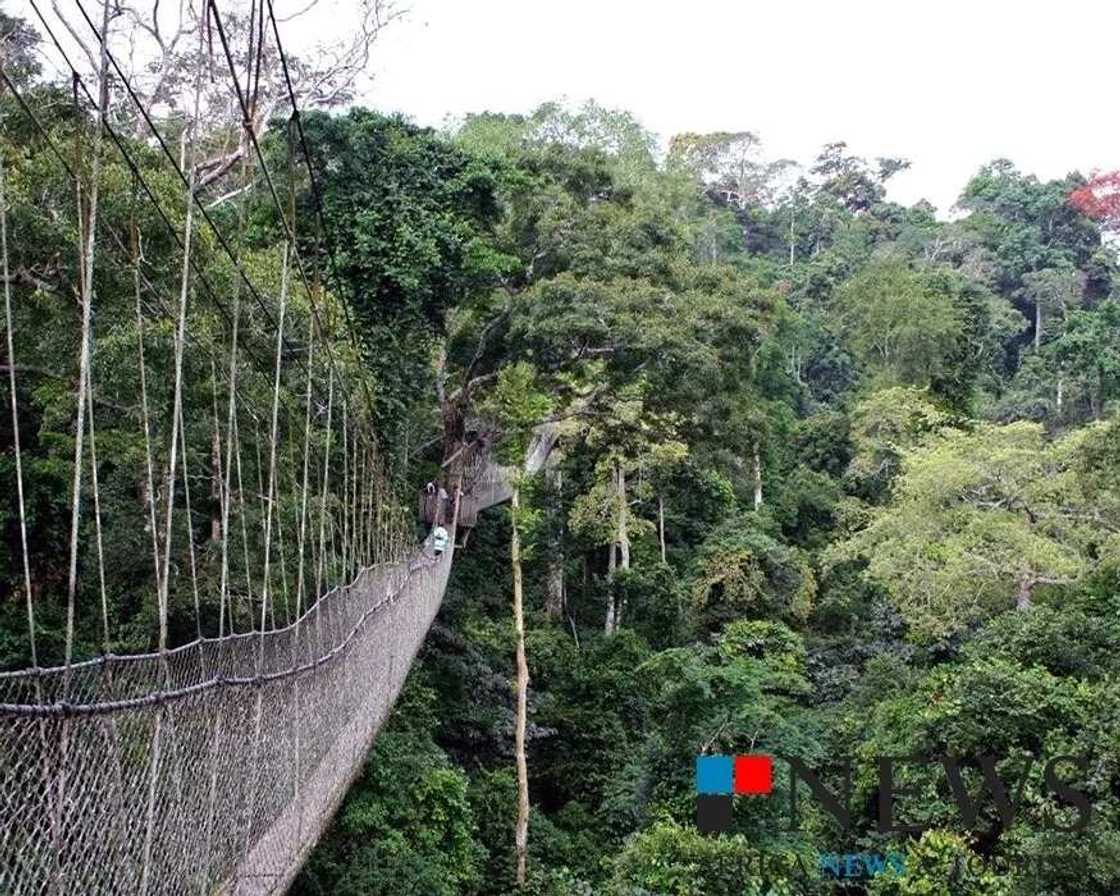
The park contains a valuable population of monkeys with white throats; they are on the verge of extinction and you can meet these individuals only in the park.
In addition, the diverse fauna of the park will allow anyone to enjoy the natural spectacle personally. The protection of the reserve is given to about 33 species of mammals, including the endangered African elephants and the African buffalo. You can easily find about 150 species of birds, such as, for example, Grey Parrot, hawks, woodpeckers, wrinkled hornbill, ibis, Angola Pitta and a lot of others.
3. Cross River National Park
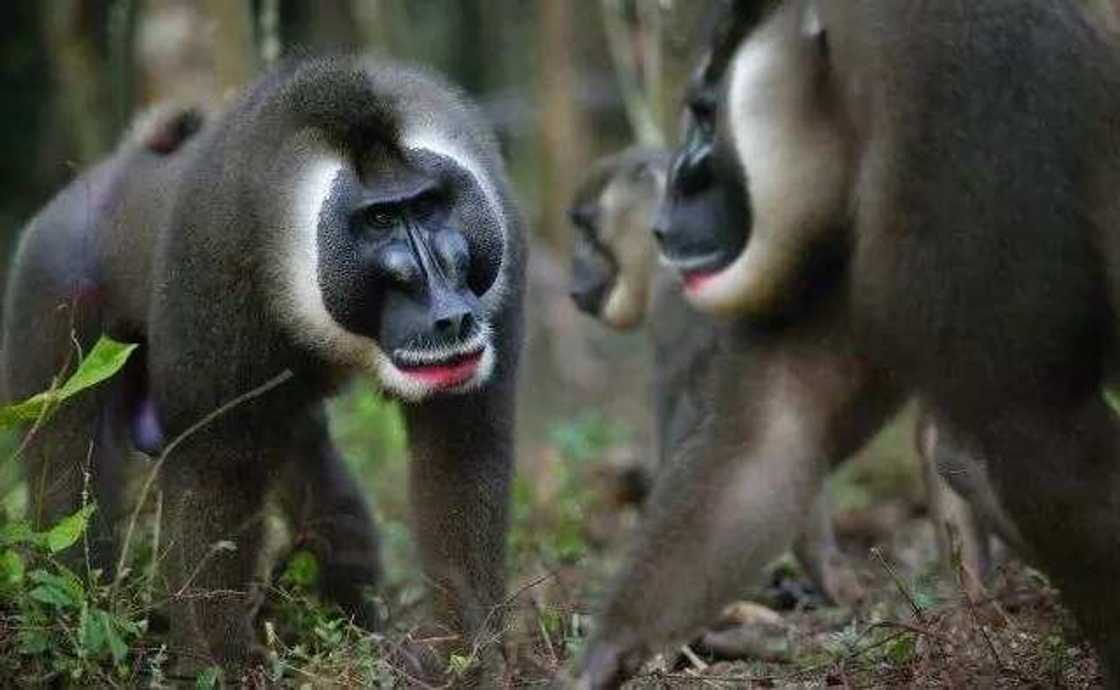
READ ALSO: Snail farming in Nigeria: How to start your business?
National Park Cross River is one of the oldest surviving tropical forests in Africa and the largest rain forest in Nigeria, with the concentration of a variety of plant life, which in turn attracts a lot of species of butterflies and birds (there are 20% of the world's known species of butterflies).
In 1979 UNESCO report, the reserve was described as the most wonderful place in the world. The park's unique natural features include different mountain scenery, mangrove swamps, and, of course, the forest, which is intersected by streams and rivers.
The park is home to numerous localized species of animals and plants. Leopards, baboons, red foxes, elephants, monkeys, and buffalos live here.
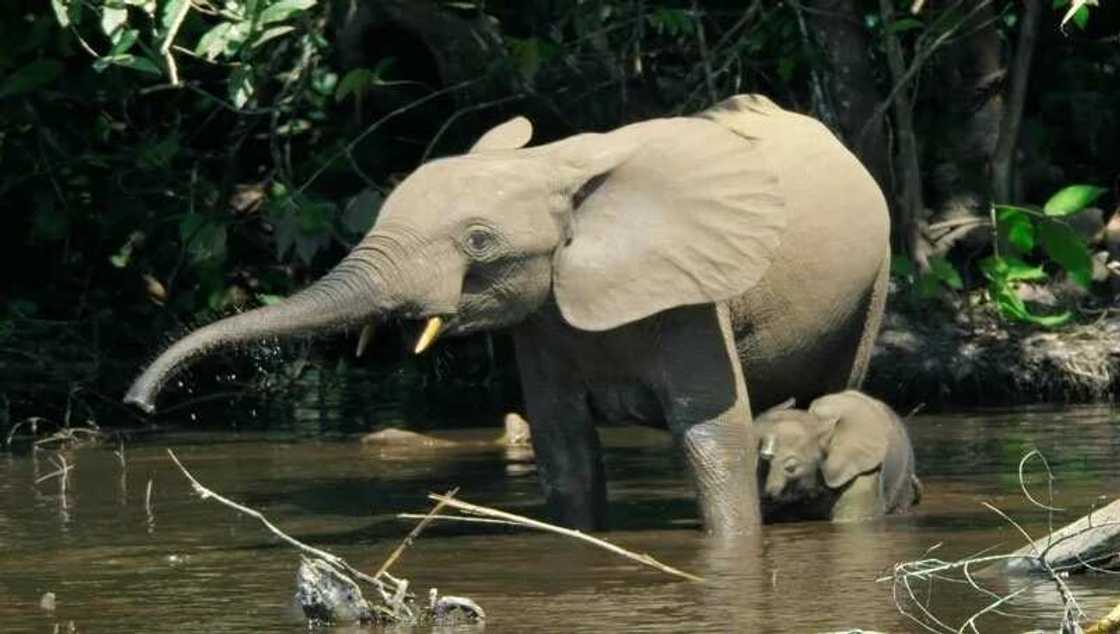
23 primate species are represented in Nigeria, you will be able to meet 18 of them in the park. Most valuable species are the two families of primates - gorillas (Gorilla Gorilla deihli) and chimpanzees (pantroglodytes). The Cross River gorilla colony is only one in sub-Saharan Africa.
It is better to visit the reserve during the period from November to May. Due to the dense vegetation and river flows in the whole territory of the park, the reserve tours are performed on foot. For your safety, this tropical has armed rangers, who will accompany the tour.
4. Yankari National Park
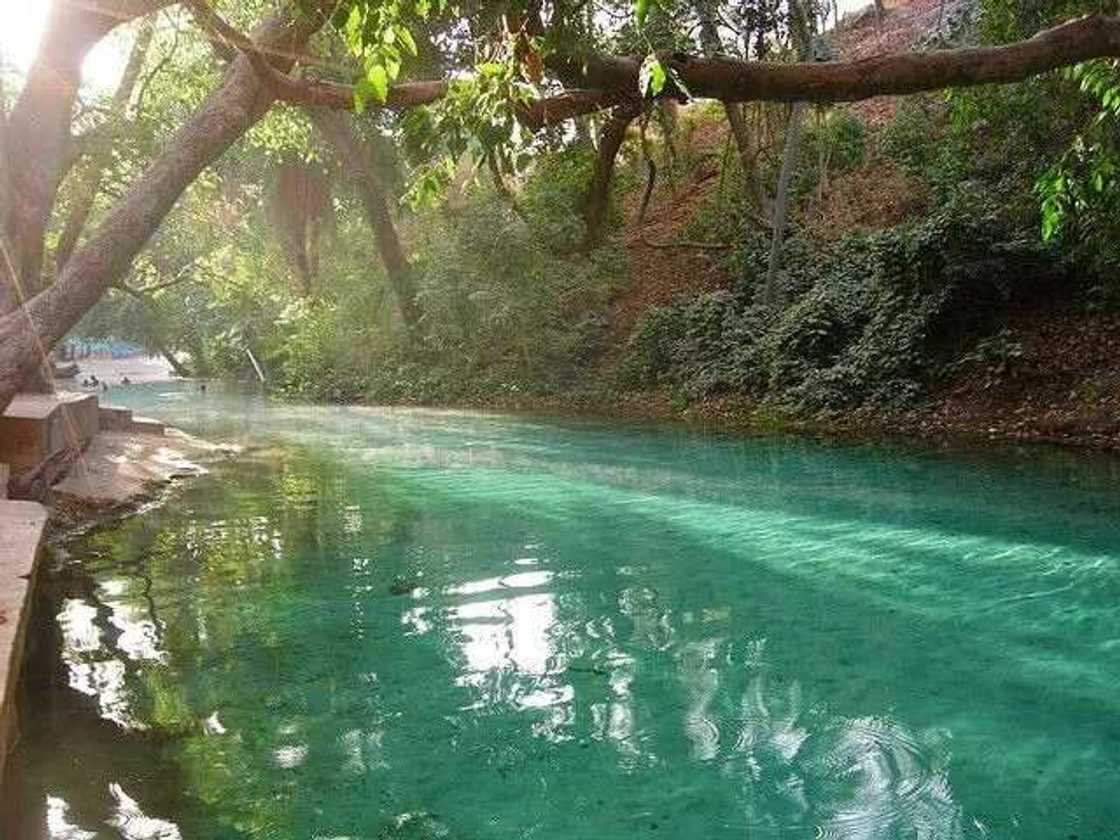
Yankari National Park is one of the best parks in West Africa, where the remains of wildlife can be found. The total area of the park is 2244 square kilometers. It is open to visitors from 1 November to 30 June.
There are the specially adapted cars and buses and a walking tour. The reserve has the rich fauna. Elephants, water horned goats, buffaloes, hippos, lions, monkeys, warthogs, baboons, and crocodiles can meet you in the reserve.
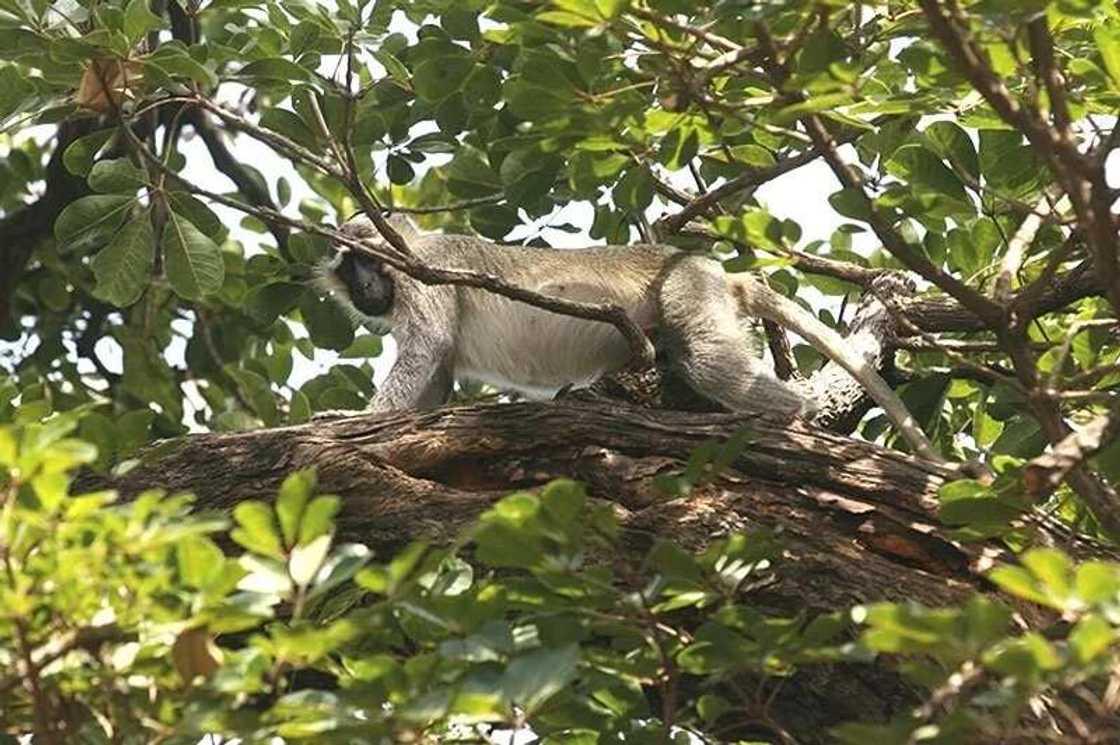
The park has the largest population of elephants in West Africa, there are about 550 elephants. However, it is not so easy to see the animals because the vegetation is quite dense in the reserve. The best time to see the animals is the period from late February to late April.
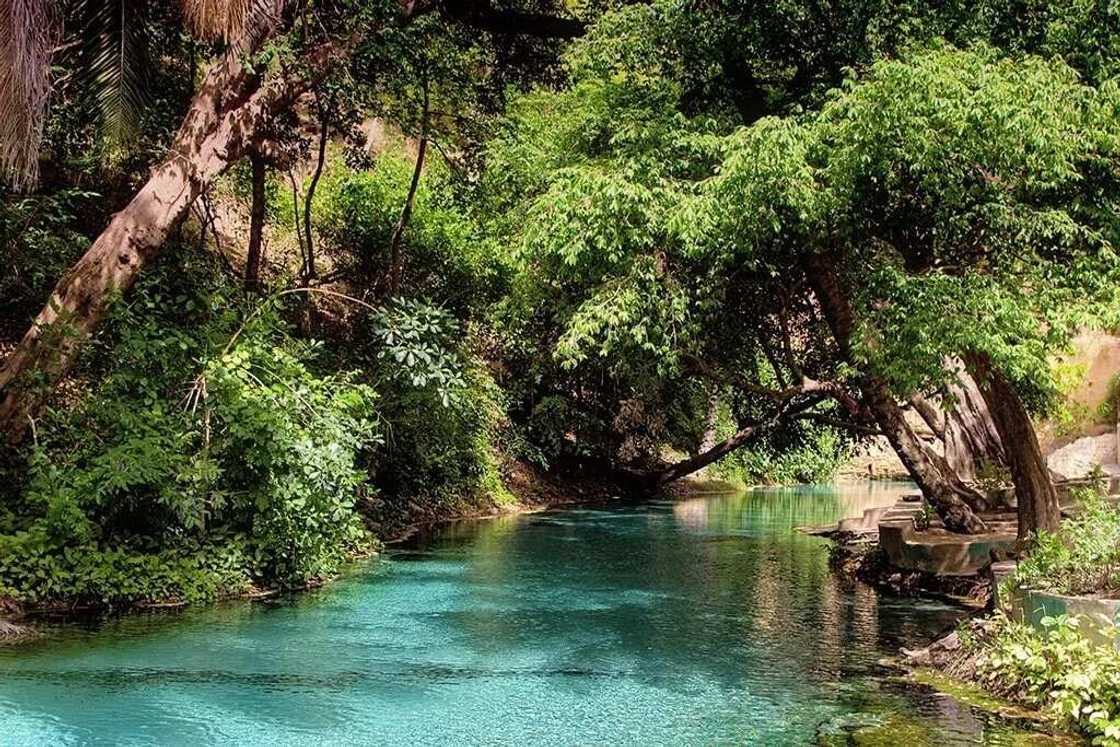
Another attraction in the Yankari Park is Wiki Warm Springs. This body of water is 200 meters long and 10 meters wide, filled with crystal clear water, the temperature of which is about 31 degrees Celsius. Baboons and elephants often come down to the sources.
Near the source, there is a row of hotels, where you can relax.
5. Kainji National Park

Kainji National Park was created in 1979 by merging two former sanctuaries, Borgu and Zugurma. These reserves now make up the park sectors. Borgu Sector is bordered on the east by Kainji lake and on the west by the Republic of Benin. Zugurma sector occupies a relatively smaller area and is bordered by the rivers Kontogora and Manyara. The total area of the park is 5340 square kilometers.
The reserve climate depends on the season: from April to November – dry weather dominates, from November to April – wet weather. The varied fauna and tourists will appreciate the versatility. On the territory of the water, park fishing enthusiasts will have a good time.

Read also
REPORT: How COVID-19 increased child labour in Lagos state (parents, children share experiences)
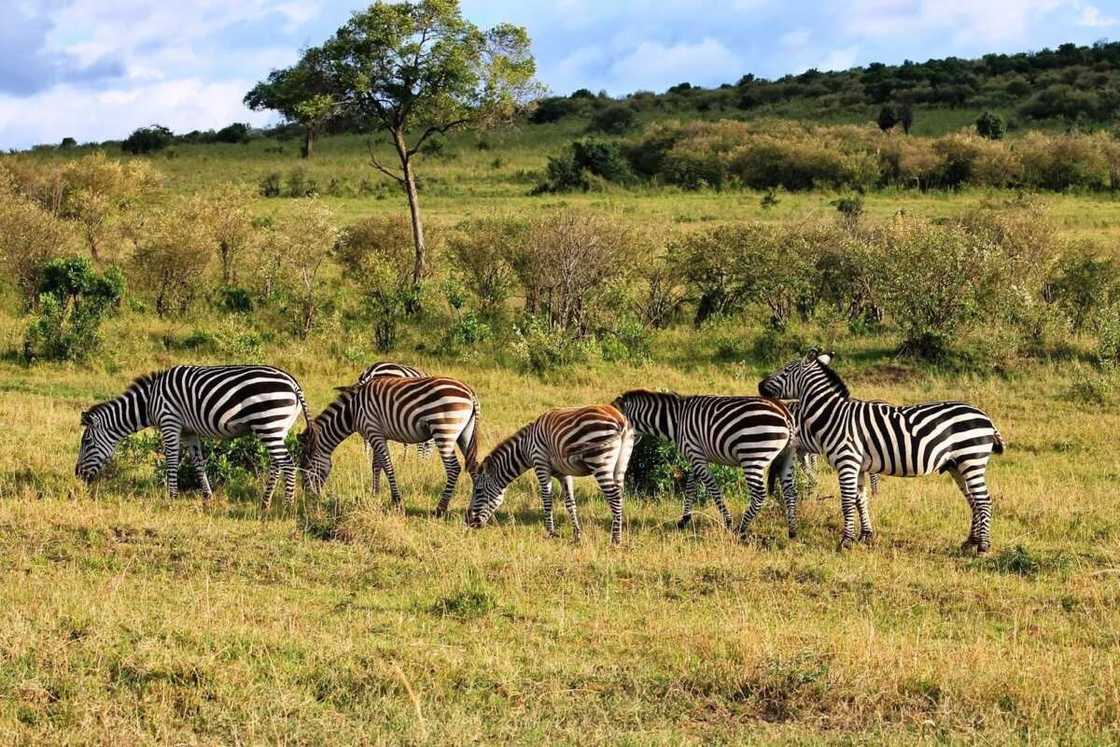
Apart from its natural endowments, the park has the following cultural antiquity:
• Museum in Wawa;
• Kali Hill & Shrine.
Walk in this park will bring a wide range of experiences.
6. Gashaka Gumti National park
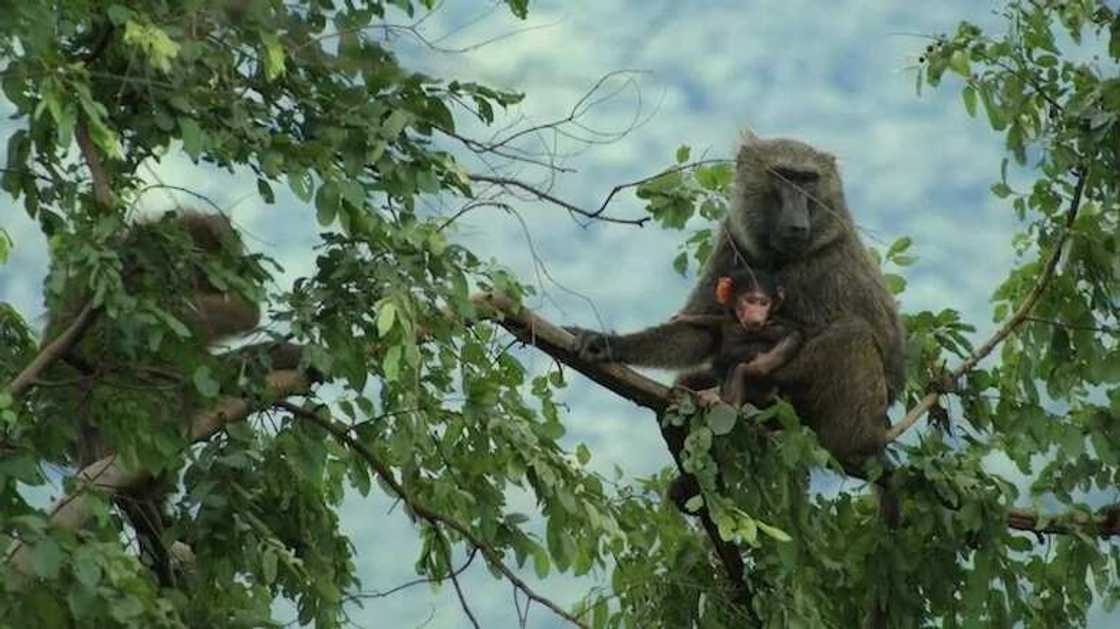
National Park Gashaka Gumti is the largest in our country, it was founded 26 years ago, in 1991. It happened through the merger of the two sanctuaries. The total territory of this National park is about 6500 square kilometers. The North part is comprised by savannah, in the south of the park, there are very high mountains, carrying a lot of water streams that flow into the turbulent Benue river.
This park is a famous biosphere reserve, which has gathered about 150 representatives of different exotic species. In most areas of the Gashaka Gumti, there is a limited visitor access. There are special viewing platforms and marked trails for tours.
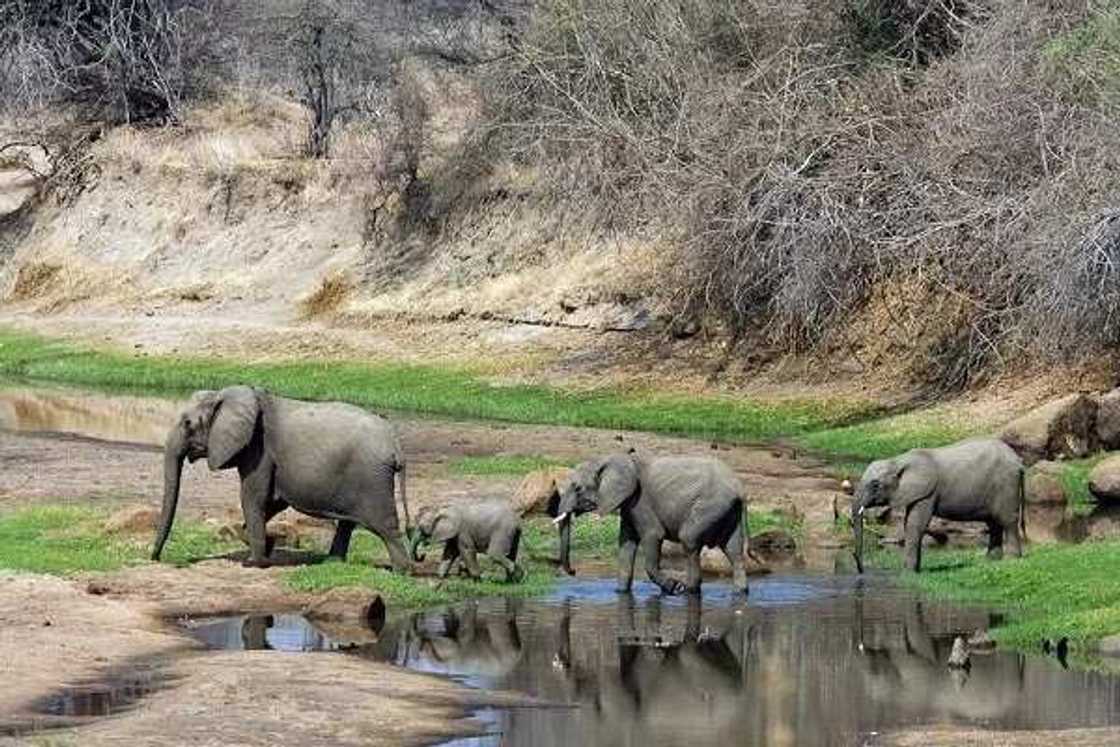
Here everyone can enjoy broad meadows, dense forests, rocky mountains, cool highland plateaus, abundant wildlife and also fascinating national culture.
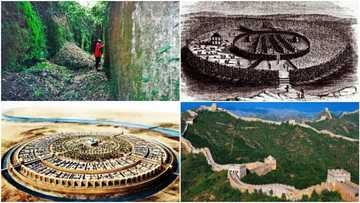
Read also
Facts about the ancient walls of Benin which are longer than Great China Wall and how the British destroyed them (photos)
There are a camping and a hotel on the park territory. Here you can organize a great picnic, this place is perfect for active recreation.
7. Chad basin National park
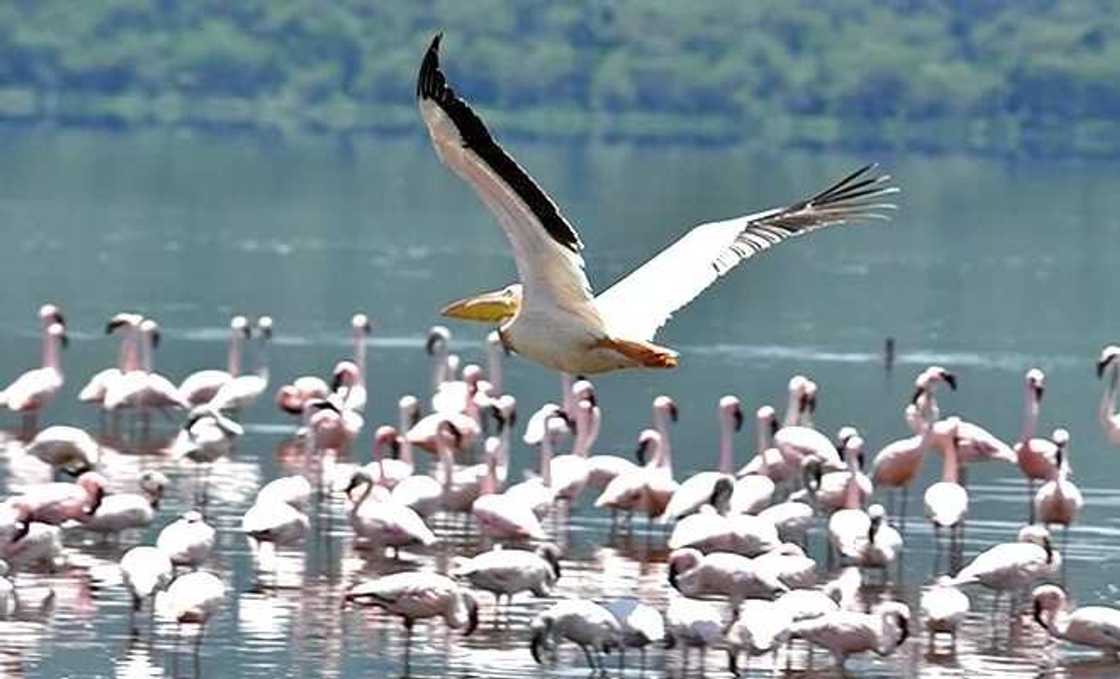
Chad Lake National Park is a paradise for adventure, where visitors create conditions allowing enjoying nature and experiencing the thrill. Chad basin National park is divided into a few sectors, each of which is extremely interesting in its own way. The biggest sector is called Chingurmi Duguma with its area of about 1228 square kilometers.
This zone was first established as nature or forest reserve in 1975. Much of the park has been repeatedly flooded during the rainy season, over the banks of the River Dorma, so that formed part of the marshy floodplain that attracted waterfowl and some other wildlife. In the sector, there are 66 species of rare birds that include guinea fowl, bustard, black crane, demoiselle crane, African Collared Dove, white stork and a lot of others.
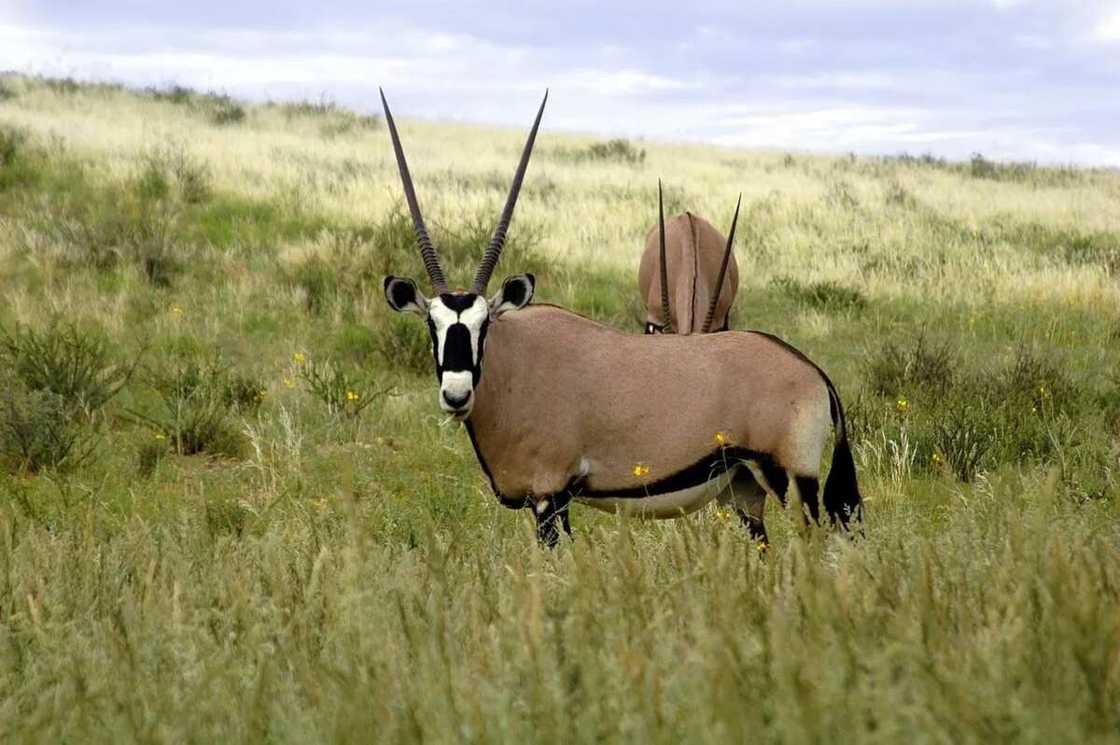
The second sector is Oasis, which is located in the state of Yobe and covers an area of 92 square kilometers. The reserve territory combines fertile oases and sand dunes. Here some rare wild animals of the desert live: gazelles, bustards jackals, giraffes, monkeys, porcupines, spotted hyenas, ostriches, giant tortoises, mongoose, secretary bird, pelicans, and others.
Also, you can find the famous Lake Chad in this sector. It attracts amateur boating groups. Sector Basin Bade Nguru is huge wetlands. This territory is an extremely important point for numerous migrating birds. When the dry season starts, this part of the Chad park receives thousands of different European birds, which fly to Africa searching of refuge in order to avoid their severe European winter.
8. Kamuku National park
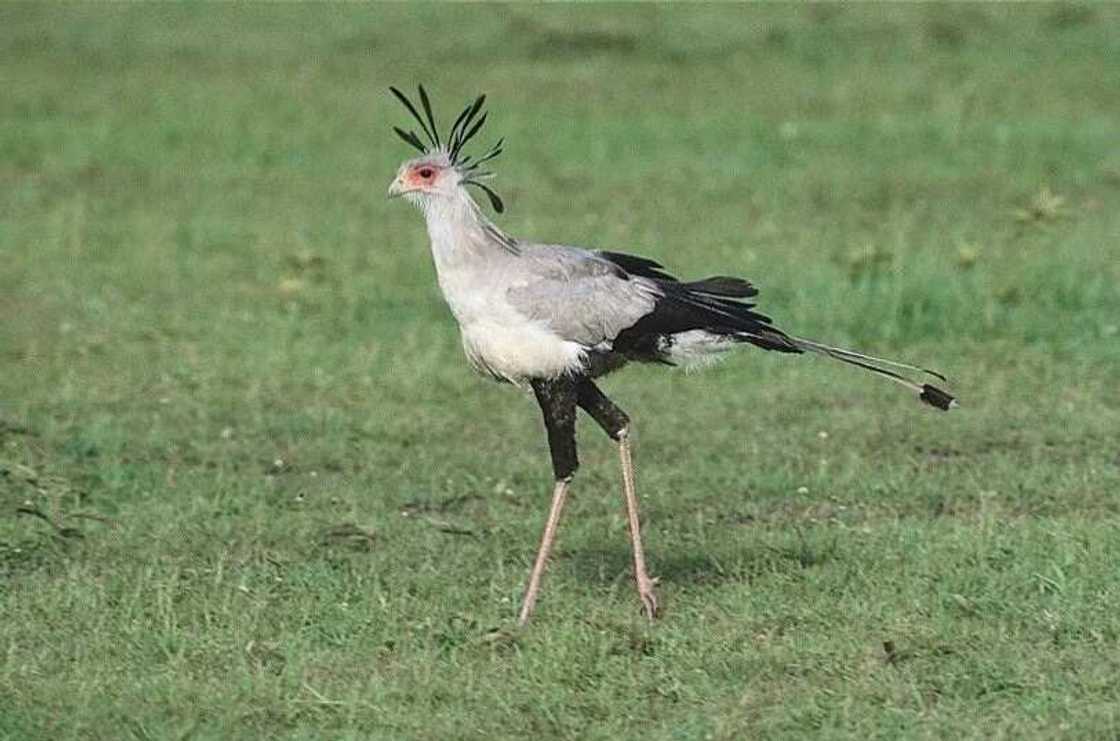
You can quite easily get to the Kamuku National park due to the International Kaduna airport, which is nearby.
Kamuku National Park is located almost in the center of the country, near the city of Kaduna. Whole 1120 square kilometers territory of the park Kamuku is a savannah, with its distinctive vegetation. In savanna forests, you can find a lot of birds, elephants, marsh goats, hyenas and a lot of others. Along the perimeter of the park, there is a natural fence, enclosed by low mountain ranges. The main object of interest of tourists in Kamuku National park is elephants.
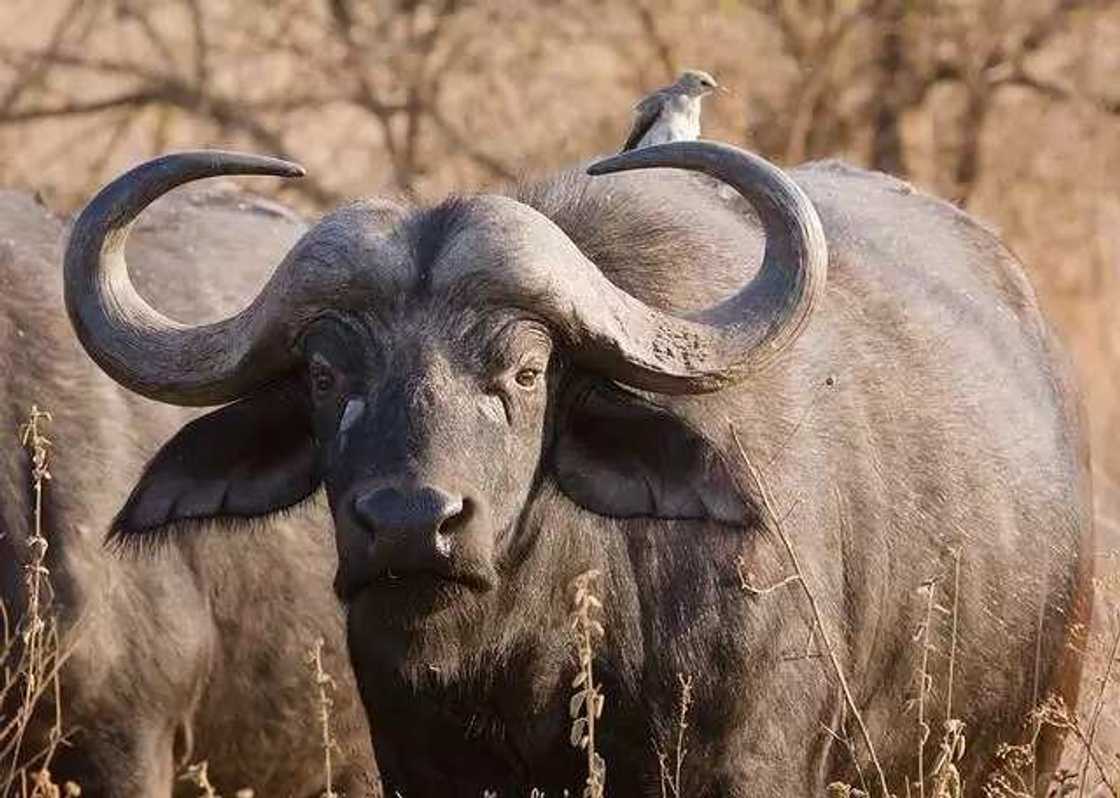
These giants can be seen here in their natural habitat at a distance of a few steps. In addition to elephants, the park takes care of nearly two dozen species of animals, including warthogs, various primates, and antelopes. Bird Kingdom of Kamuku National park is numerous too – there are almost 180 species that live here permanently or in some periods of life.
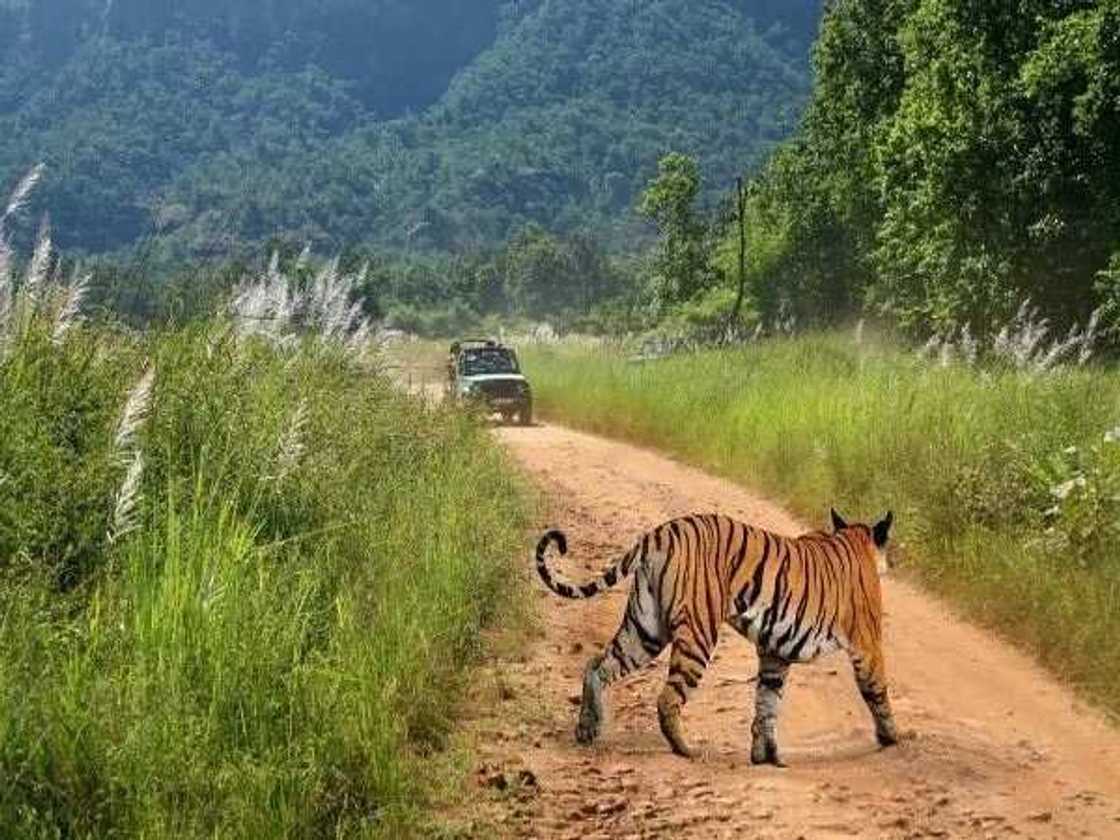
On the whole territory of Nigeria, there are eight national parks and reserves. These parks occupy about three percent of the total area of the country. All they are home for a diverse fauna: bison, antelopes, chimpanzees, crocodiles, warthogs, jackals, giant tortoises, lions, mongoose, and others. Flora of these National parks is beautiful and diverse. They all deserve your attention and visit!
READ ALSO: Cross River National Park – 10 facts we should know about it
Source: Legit.ng









